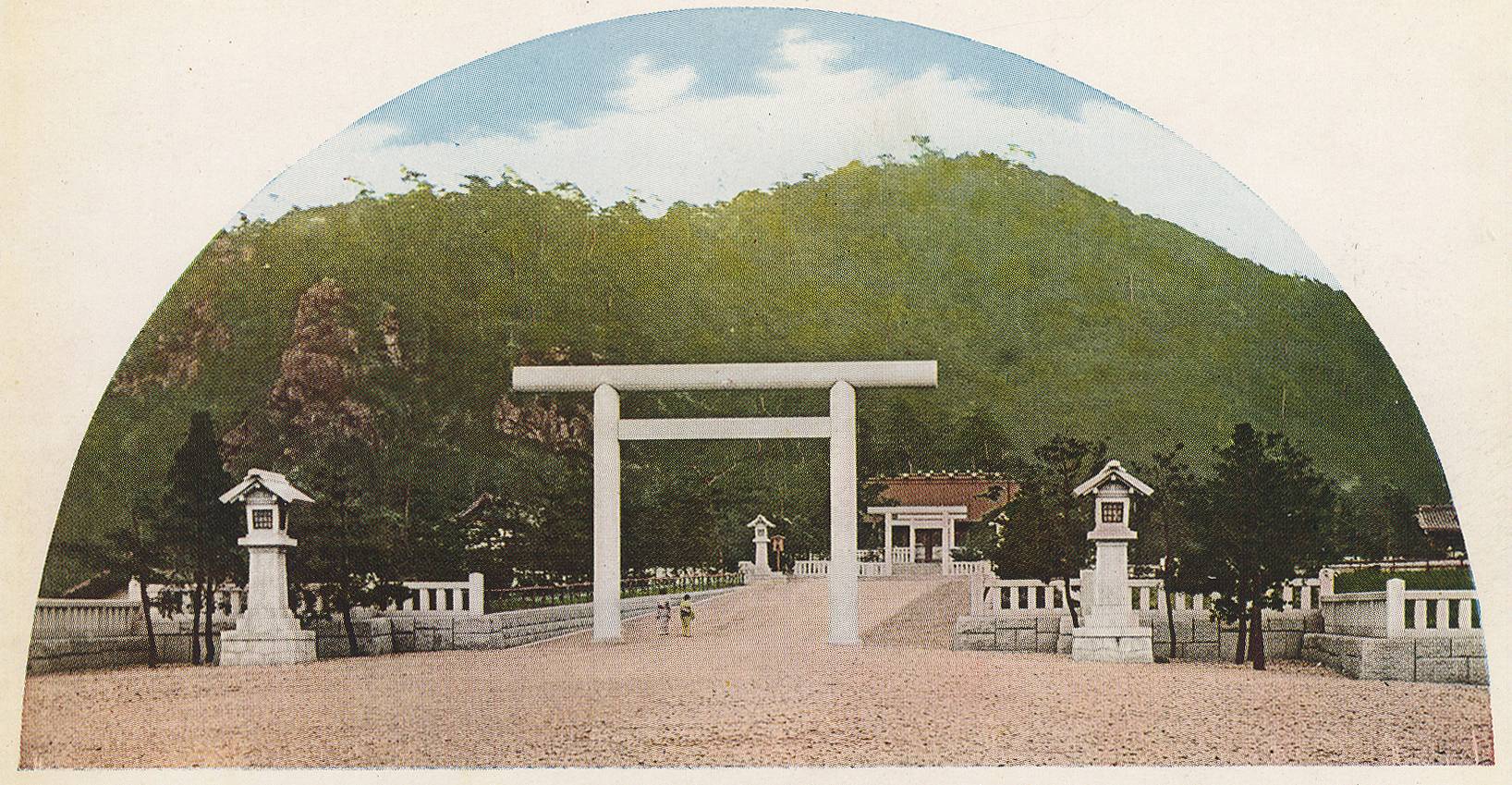On Monday, March 9th, the Colgate History Department welcomed guest speaker Paul S. Cha, Colgate Class of 1998 alumnus and now Assistant Professor of History at the University of Hong Kong, to give a talk titled “Christian Mission Schools, Japanese Shinto Shrine Ceremonies, and Colonial Korea in the 1930’s.” A Korean historian, Cha spoke of his research on modern Korean history with a specific focus on how religion shaped modernization and informed national identity. His lecture centered on how Korean Christians, under Japanese colonization from 1910 to 1945, interacted with Japan’s Shrine Ceremony.
Cha started off by drawing a comparison between Chinese Christians and Korean Christians at the turn of the twentieth century. Whereas Christianity in China became an antithesis to the concept of national identity, the Korean Christians were able to merge their national and religious identities more seamlessly. Using this as a point of departure, Professor Cha then addressed the dominant narrative that during the Japan colonization, specifically between 1930 and 1945, the Korean Christians demonstrated against Japanese colonialists in their refusal of bowing to the Japanese shrines. Instead, Professor Cha presented that the Korean Christians did in fact bow to the Japanese shrines.
Placing his emphasis on the Korean Christian mission schools, Cha recognized four actors of tension: the Japanese state/Japanese Shinto, the Korean Christians, the foreign mostly U.S. Christian missionaries, and the domestic Korean Christian missionaries. While there was ambiguity between the State Shinto and Religious Shinto in the Japanese colonial government’s directive, the Japanese authority in Korea still forced the Korean Christians in the Mission schools to visit, bow, and participate in the shrine ceremony. Through the example of George S. McCune, a mission school principal that refused to ask his Korean Christian students to bow to the shrine and was subsequently dismissed, Professor Cha established the tensions between the Korean Christian missionaries and the Japanese state and alluded to the prevailing narrative that the Korean Christian missionaries stood together unified to defy the Japanese authority on the shrine matter.
Next, Professor Cha examined the internal conflicts between the Korean Christians and the foreign U.S. Christian missionaries, and debunked the previous narrative that Korean Christians acted in unison against the Japanese authority and its order of bowing to the shrine. He explained that there existed an unequal relationship between the U.S. Christian missionaries and the Korean Christians, as the foreign missionaries refused to grant authority and control for the domestic Korean Christians to regulate the Mission schools. Cha explained that with the growing social tension of Japanese colonization in Korea, many foreign Christian missionaries left Korea, while the domestic Korean Christians took over control and bowed to the shrine as dictated by the Japanese authority. The lecture concluded with a revisit to the 1945 division of Korean Peninsula that still separates North and South Korea today; he identified the entanglement of Korea’s colonial past under Japanese colonization with the Cold War unequal relationship under the U.S. military occupation, and its immediate impact on the Korean Christian Church.
Article by Zhelun Zhou ‘20.
